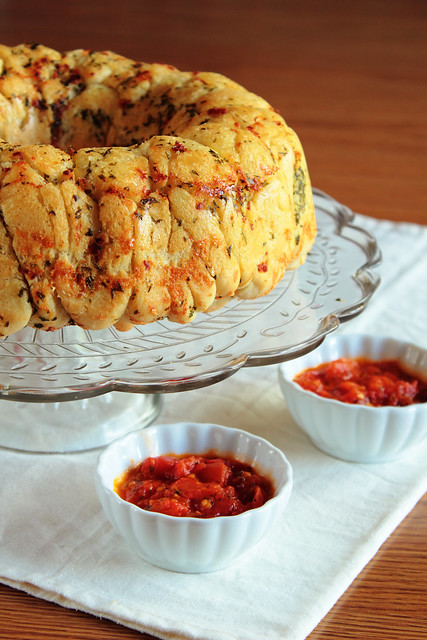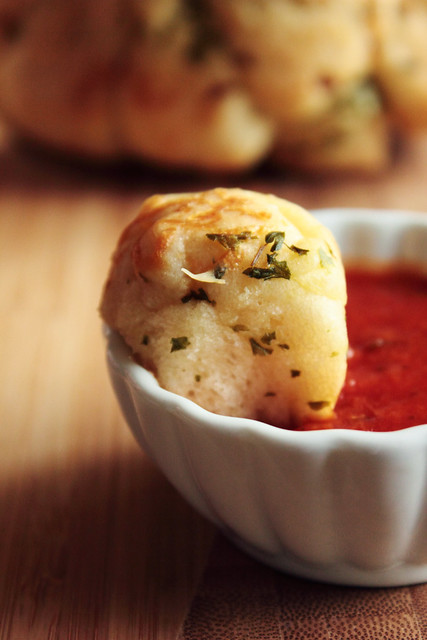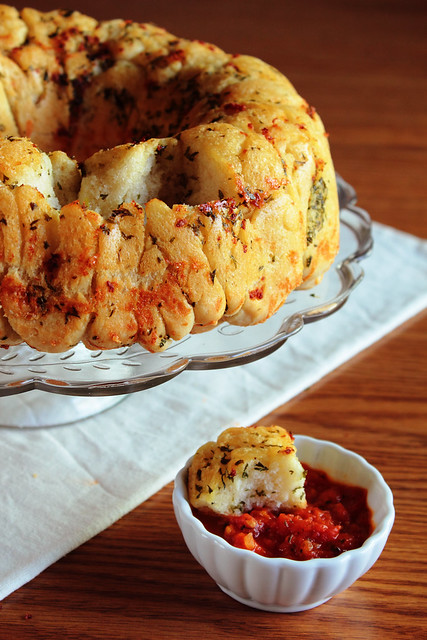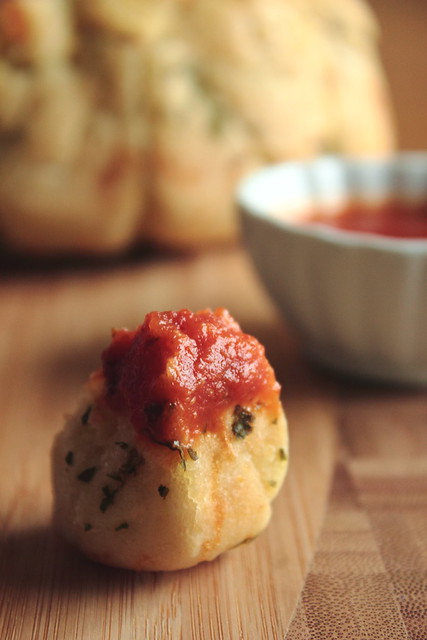
I once made the driest pancake in the world.
I can see you sitting at home, staring at your computer screen, and scoffing at my bold statement. Driest pancake in the world? Yeah, right. How would you even know? But this is the truth, my friends. I really did make the driest pancake in the world.
Let me share my story with you.

A few years back, I made chocolate chip pancakes. The process to create them was normal and they tasted all right. They weren't bad and they weren't good; I ate them in peace. There were a few leftovers so I stashed them in the refrigerator for breakfast the next day.
Quickly flash to the next morning. It's 6 am. I was tired. I had to get to class early and barely had enough brain power to microwave the leftover pancakes from the day before. I don't know about you, but my brain doesn't begin to work properly until at least 8 am. After a minute on high, I took them out and proceeded to take a bite. The texture seemed off and they were ice cold, as if the microwave hadn't heated them at all. I put them back in for another minute. I was too sleepy to question this strange occurrence; it was 6 am, no high school student can be expected to reason at this obscene hour of the day. After the minute was up, I pulled them back out.
Still cold.
Confusion.
Was the microwave broken? I warmed up a piece of bread to test my theory. In 20 seconds, the bread was piping hot. Why wasn't my pancake?
I got angry, as one will when they want food and want it now. I stuck them back in the microwave for 5 minutes. I remember feeling very clever—I was going to beat the pancake at its own game.

When I took it out, the pancake was slightly less cool. Not warm, not hot, and definitely not enough heat to burn my mouth. In fact, it was probably only warmer because it had been out of the fridge for 10 minutes. What was wrong with this pancake? Did it develop magical superpowers overnight? I trashed the pancake and ate the warm slice of plain bread while running out the door.
It took me a few hours to realize what had happened. Microwaves work by hitting food with, well, microwaves; the energy from the waves are then absorbed by water or fats in the food. This process heats up the food quickly, making microwaves a quick way to cook or warm up food.
It only stands to reason that my pancake was so utterly dry that there wasn't enough water in it to be absorbed by the microwaves. I've seen plastics with a higher water content!
Thus, the world's driest pancake was born.
And to think I took a bite...

Luckily, this Garlic Parmesan Pull-Apart Bread is definitely not dry. The loaf is made of small pieces of dough rolled in a garlic herb butter and sprinkled with freshly grated Parmesan cheese before heading to the oven to bake. When it emerges, the bread is so soft, tender, and packed with flavor. The bread pulls apart effortlessly, turning a solid loaf of bread into bite-sized pieces. This bread is best served with a side of marinara or tomato sauce.
One Year Ago: Chocolate Orange Miniature Cakes
Garlic Parmesan Pull-Apart Bread
Yields 1 loaf
2 teaspoons active dry yeast
1 1/3 cups barely warm water
2 tablespoons extra-virgin olive oil
2 teaspoons salt
3 1/2 cups all purpose (or bread) flour
1/4 cup butter, melted
1 tablespoon dried parsley flakes
2 cloves garlic, minced
1/4 cup freshly grated Parmesan cheese
In a large mixing bowl, stir together the yeast and water. Let sit 5 minutes until yeast is foamy. Mix in the olive oil, salt, and flour. If you have a stand mixer, attach the dough hook and knead the dough for 5-6 minutes, or until elastic. If you are doing this by hand, knead the dough on a lightly floured surface until dough is elastic, 7-10 minutes. Transfer dough to a lightly oiled bowl and cover with a clean kitchen towel. Allow to rise for 1 1/2 to 2 hours, or until dough is doubled in size.
In a small bowl, combine melted butter, parsley flakes, and minced garlic. Set aside.
Punch down the dough. Tear off small pieces of dough (roughly the size of the bowl of a medium spoon), coat in the butter mixture, and place in the bottom of a bundt pan. Repeat this process until you have one layer of dough balls. Sprinkle on 1/3 of the Parmesan cheese. Continue layering the dough balls and cheese until you have 3 layers. Cover the pan with a clean towel and allow to sit until dough has doubled in size, 20-30 minutes.
Preheat oven to 350 degrees F (175 degrees C).
Bake for 25 to 30 minutes, or until bread is golden brown. Serve hot with a side of marinara or tomato sauce.